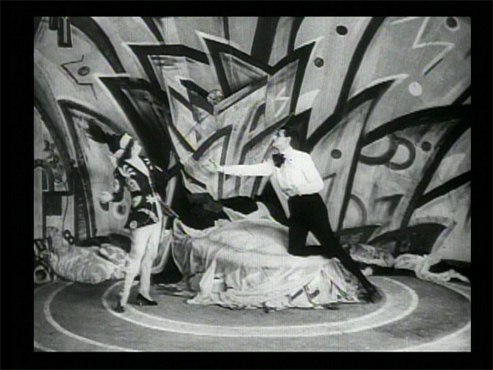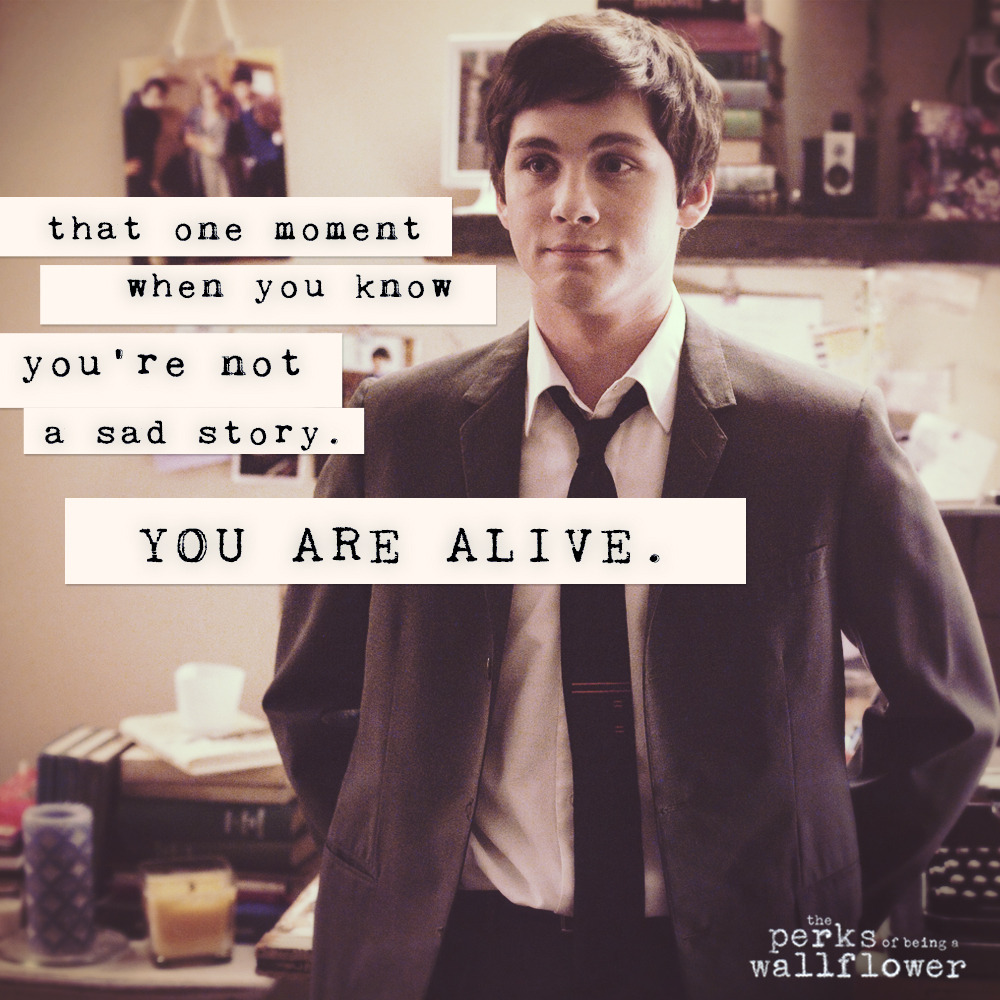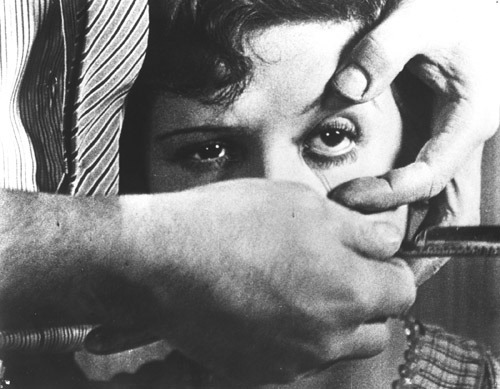How long can you go to satisfy your pleasure?
 |
| photo from Geek Scoop |
 |
| photo from Tumblr via Late Comers |
From cooking up, to injecting the
chemical into their veins, and even the cleansing of body, I don’t think I have ever seen a movie about
drugs this detailed. Set in Edinburgh,
the story happens in Mark Renton’s (Ewan McGregor) point-of-view. Though this film has a lot of
voice over/ narration by Renton, it did not make the film boring because we still
see the story unfolds through characters’ actions. The narrative style of the
film even gives us access to what Renton thinks about.
I always thought drugs are disgusting, I probably would not be able to handle seeing someone do drugs in front of me, but this film did not wrap the whole heroin thing as too disgusting for people to see, but makes it bearable for people to see. At least on the heroin thing level, because the bed sheet filled with faeces scene is just too disgusting in my honest opinion. I am, in fact, still in the process of making sense why it has to be included, I get it, on the surface level, it is for comedic purposes, but beyond that, I question what its relevance to the story is.
Same goes with the toilet scene; it is just way too
disgusting for me to watch. But in this scene, at least, I get the point that it
is a fantasy scene, and it is not happening in reality. And I believe this
scene symbolizes Renton going through the process of catharsis. But then again,
I still think it is too disgusting. I believe that the toilet scene also symbolizes that there is beauty in ugliness. Thus, these these things made up for the filthiness of the scene. Watch the toilet scene here.
I always thought drugs are disgusting, I probably would not be able to handle seeing someone do drugs in front of me, but this film did not wrap the whole heroin thing as too disgusting for people to see, but makes it bearable for people to see. At least on the heroin thing level, because the bed sheet filled with faeces scene is just too disgusting in my honest opinion. I am, in fact, still in the process of making sense why it has to be included, I get it, on the surface level, it is for comedic purposes, but beyond that, I question what its relevance to the story is.
 |
| The toilet scene photo from Fancy Dress Costumes |
The hallucination scene of Renton where he
was locked up in his room is well done. It is bizarre and terrifying. This
particular scene has continuity thus able depicting hallucination accurately. I like
how they made being high, or trying to get away from heroin, though all
unpleasant, yet were artistically done.
 |
| Renton's hallucinatrion scene photos from The Cue Dot Confessions |
This film is beautifully written. The style of storytelling is
beautiful. The dialogues are not to be taken for granted. The things they say
are very quotable and rings true to emotions. The “choose life” monologue of Renton is an example. It is
brilliant and smart.
"Choose Life. Choose a job. Choose a career. Choose a family. Choose a fucking big television, choose washing machines, cars, compact disc players and electrical tin openers. Choose good health, low cholesterol, and dental insurance. Choose fixed interest mortgage repayments. Choose a starter home. Choose your friends. Choose leisurewear and matching luggage. Choose a three-piece suit on hire purchase in a range of fucking fabrics. Choose DIY and wondering who the fuck you are on Sunday morning. Choose sitting on that couch watching mind-numbing, spirit-crushing game shows, stuffing fucking junk food into your mouth. Choose rotting away at the end of it all, pissing your last in a miserable home, nothing more than an embarrassment to the selfish, fucked up brats you spawned to replace yourselves. Choose your future. Choose life... But why would I want to do a thing like that? I chose not to choose life. I chose somethin' else. And the reasons? There are no reasons. Who needs reasons when you've got heroin?"
Watch it here:
Scenes were shot incredibly. The scene
where Renton sinks in the floor is very unique. Of course the opening scene
which consists of dolly shots should not be forgotten. The whole film is
beautifully shot it even led me to think that this film was made just a couple
of years ago, until I saw the VHS tapes in the film. The scene where Renton is
lying in the street, the great outdoors scene, Tommy asking Renton for heroin
scene, are also some of the scene that
were beautifully shot.
Each character in the story has
different traits. We get a glimpse of who they are when Renton hits a car and
the rest of the gang when they were playing football. Each of them added colour
and created conflict in the story.
The boys. L-R Spud, Tommy, Begbie, Renton, Sick Boy
Trainspotting deals about the
issue of youths being involved in drug addiction. It tells about what happens
to these lives because of addiction. Trainspotting serves as a warning tool to
not do drugs. It also tells us that Renton he hates being Scottish which I
think a message the film wants to send to us that this is how Scottish people
feels during that time. It also revealed the brutality in the society and I-am-better-than-you
mentality, through Begbie, the neglect of people with important things through
Baby Dawn’s death and how people, even the one your “so-called mates”, can treat
you like dirt.
 |
| The main cast photo from Pinterest |
Trainspotting tells a story with
no intention to deceive its audience. A story of youths dealing with drugs, is realistic and brutally honest. It went into details about drugs. How to use
it, the pleasure of it, ways how to stop the addiction, the desperate actions
just to get money to buy drugs, but Trainspotting does not glorify it. Thus, makes people realize why we should not try it, because Trainspotting also tells
us the misery and horrible lives of drug-dependents. Trainspotting tells us how
much of life these drug-dependents miss because of heroin. Drugs take away a
lot from you. Your life, your soul, your love. The death of Baby Dawn implies
that we only realize the importance of one thing until it’s gone. Drugs can
take away the most important part of you. Trainspotting wants us to think that
everyone can love and be loved no matter miserable you are. And probably the
best lesson this film teaches us is that you are not a hopeless case. Even if
you are the lowest of the low, there is a room for change, as long as you have
the willingness to change. If the failed on the first try, there is always a
second one, third, fourth and so on. Just don’t stop trying. You can beat
drugs. You can. Choose life. And if in your life you came across drugs, teach
yourself to just say no.
 |
| photo form Pinterest |

























